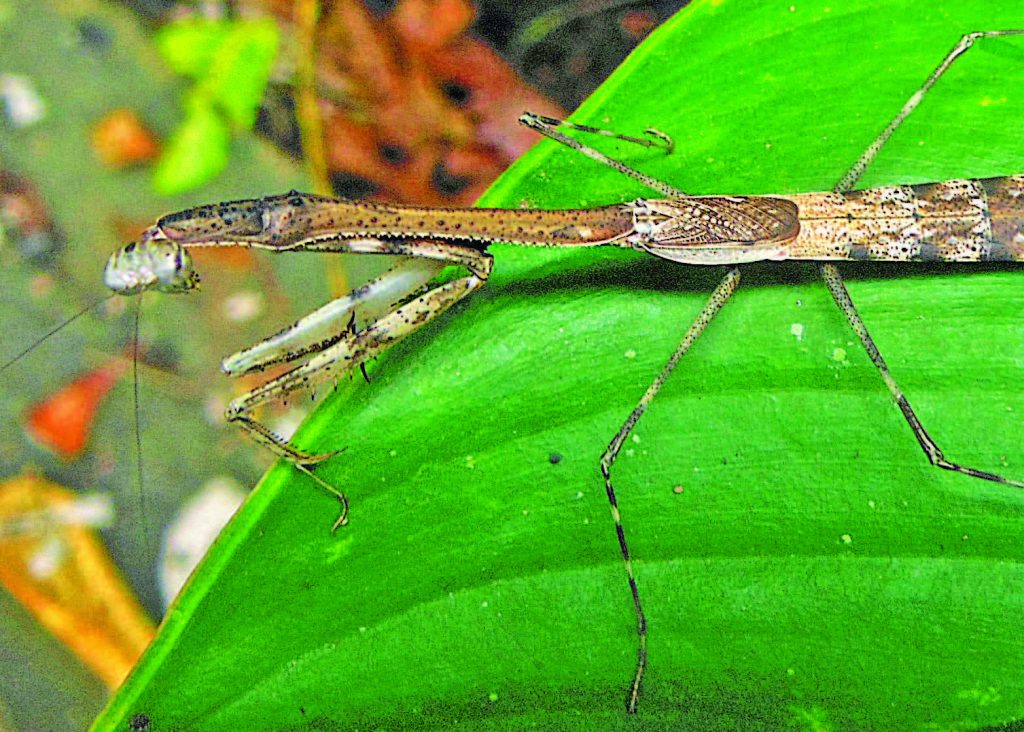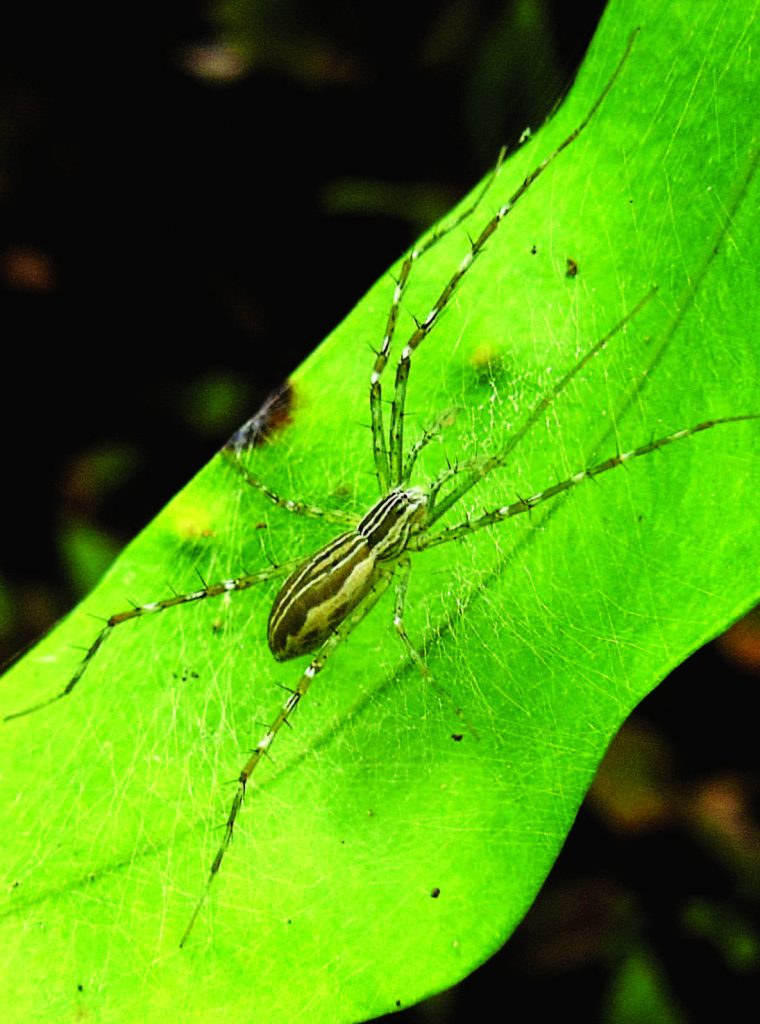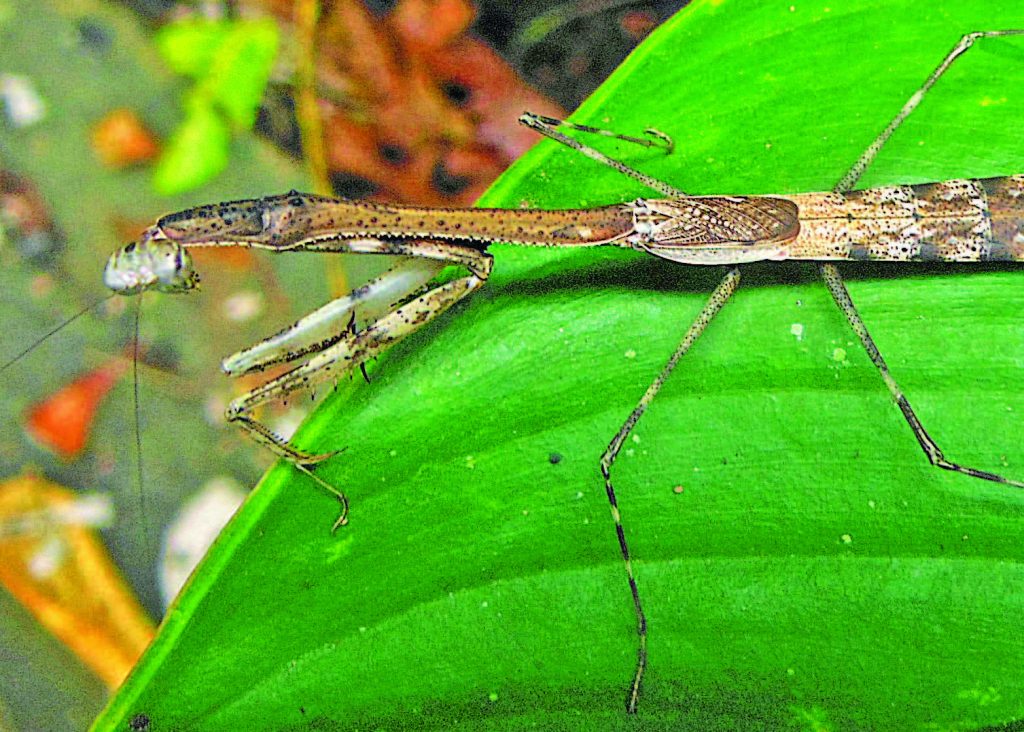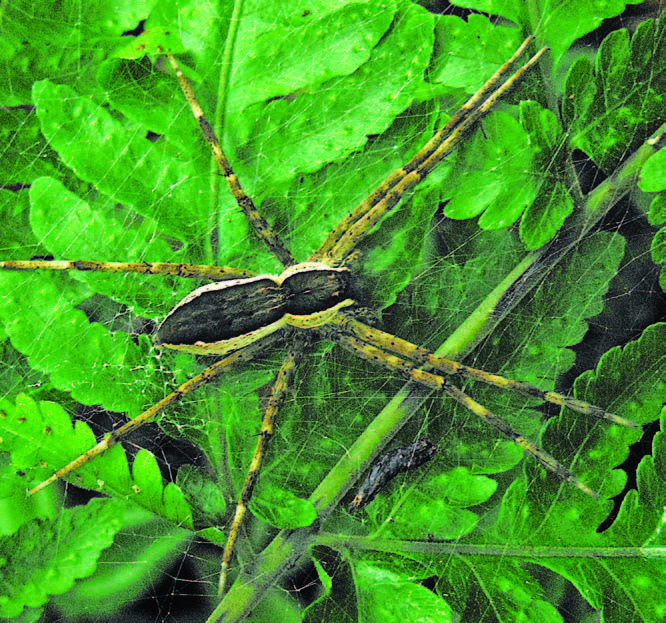The 1090-meter tall Mt. Makiling in the province of Laguna is where one finds the nearest dipterocarp forest from the National Capital Region and is home to a wide range of plants and animals occupying the mountain’s many available niches. As such, it is often visited by botanists, ornithologists, entomologists, and many other scientists from very different fields.
But it appears to be seldom visited by herpers.
On my previous visits, I have noticed quite an abundance of skinks and frogs, and thought that a more than casual visit might yield more herps. That opportunity came last year when a couple of friends from Chicago took a vacation in the Philippines. After our jaunts in Central Luzon, we decided that we could visit Mt. Makiling for a day of observing some of its wildlife. And true enough, the mountain did not disappoint.
Overlooked, Underappreciated
From Nueva Vizcaya, they proceeded to Los Baños on a van, and we met at the junction going to the University of the Philippines Los Baños one fine morning on July 20 the previous year. I opted that for an easy day of trekking, we could check out the Makiling Botanical Garden as its trails were well established, which should not be too strenuous on my friend’s wife and my then-girlfriend.
Even if we did share an interest in both reptiles and amphibians, we were also interested in other smaller life forms, such as insects, arachnids, snails, and all those other animals often overlooked by many people. And not long after we entered the Garden’s premises, we found a drama unfolding: an assassin bug sucking on its shield bug prey.
Friendly Frog

Spiders were particularly abundant and diverse, and not long after, we found a Platymantis dorsalis sitting in the middle of the road. This was a frog that we most often saw on our treks, but this one differed in having a pair of brownish-orange stripes running along its dorsolateral sides. Fortunately for us, this individual wasn’t too wary of humans and we were able to take photos in many different angles.
Maddened Mantis

Soon thereafter, we saw a Tagalomantis manillensis resting on a leaf. This was a rather large species of mantis about four inches in total length and had the habit of dropping on the ground when disturbed, much like what curculionid beetles and some stick insects did. Needless to say, the photo session was repeatedly interrupted by catching the mantis and putting it back on its perch again and again. Other than that the mantis was left unharmed, although visibly aggravated.
Safe Haven
In the Garden’s abandoned kiosk we saw a juvenile Varanus marmoratus foraging at the base of a tree, in the open. Monitor lizards in many parts of the Philippines were wary and difficult to approach, but this individual, apart from casual glances at us, went about its business. This spoke volumes about the garden being a safe haven for animals that were elsewhere persecuted.
Skinning Some More
As mentioned before, skinks were a common feature on Mt. Makiling, and we managed to catch one for some photographs, a skink I identified as Pinoyscincus abdictus aquilonius. These were very active skinks, and many could be observed scurrying in the undergrowth for food and shelter. And amongst the leaf litter, we found another Platymantis dorsalis, but this one being a drab version of the one we saw earlier.

Further up we saw askink sunning on a tree trunk — I did a mental appraisal and concluded that it must have been a species of Dasia. Skinks from this genus were not often observed, and when they were, it was usually the species D. grisea, an attractive species with coppery-pink dorsum and apple-green venter. However, due to its distance from us, a concrete identification was difficult to present.
A tiny and cheeky skink was found and caught, and might be a juvenile of Parvoscincus decipiens. This individual repeatedly tried to bite us, and soon released after we took some photos of it.
Solo Serpent
A slithering form on a tree sapling caught our eyes and proved to be Ahaetulla prasina preocularis, a mildly venomous snake called ‘dahong-palay’ in Tagalog and widely feared due to the supposed toxicity not only of its fangs, but also of its skin. There was even a legend amongst Batangueños that when Bathala presented a jar of venom that snakes could drink and thus incorporate in their arsenal, the dahong-palay came last due to its laziness and only resorted to rubbing its skin on the jar’s interiors to obtain whatever what was left. In reality, dahong-palay bites, although quite painful, are far from being dangerous and were toxic only to its prey, which consisted of skinks and geckos. These snakes were a favorite of photographers due to its very graceful and sinewy S-curves when agitated. The snake, though, made no attempt to even strike at us.
A Haven for Herps
As we made our way back, we found a sub-adult Otosaurus cumingii resting on a shrub. These were the largest skinks in the archipelago, and apparently crepuscular. During the daytime hours, they could be observed and taken photos of without much worry of them suddenly darting off to nowhere.
The last reptile we found and caught was a tiny skink, perhaps a juvenile, that exhibited an orangey-yellow venter and a row of spots on its dorsolateral sides. It was probably a species of Parvoscincus, but certainty was not forthcoming. At the gates, a slumbering Polypedates leucomystax was seen, and capped off a day’s worth of herping.
In all, we spent just four hours of easy walks finding and photographing some local wildlife. With that many animals seen, we wondered what the yields of an overnight’s worth of camping trip might hold. Perhaps in the not too distant future.
This appeared in Animal Scene magazine’s September 2018 issue.











